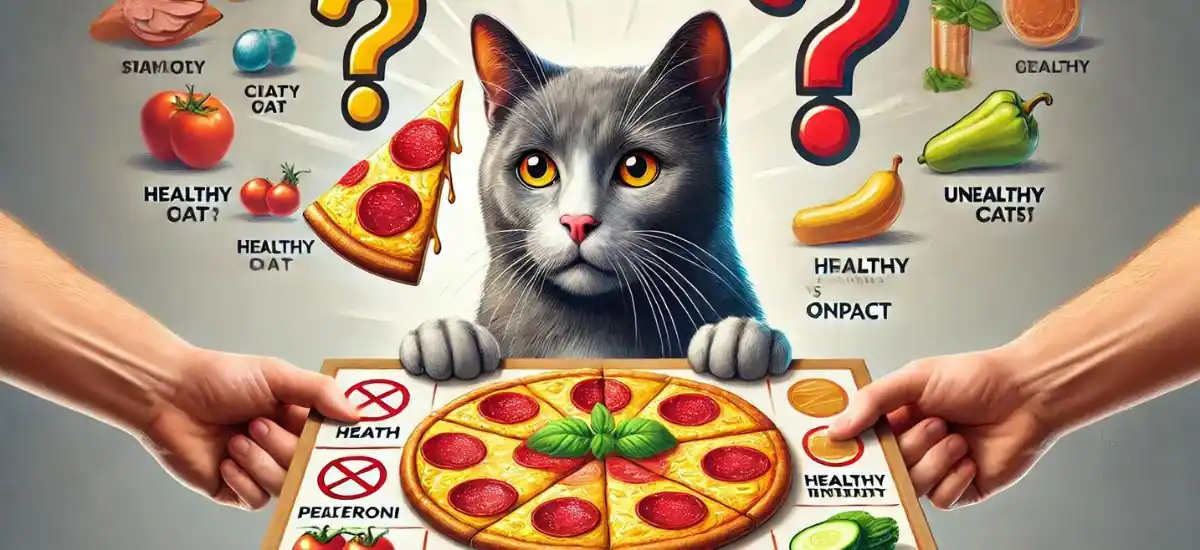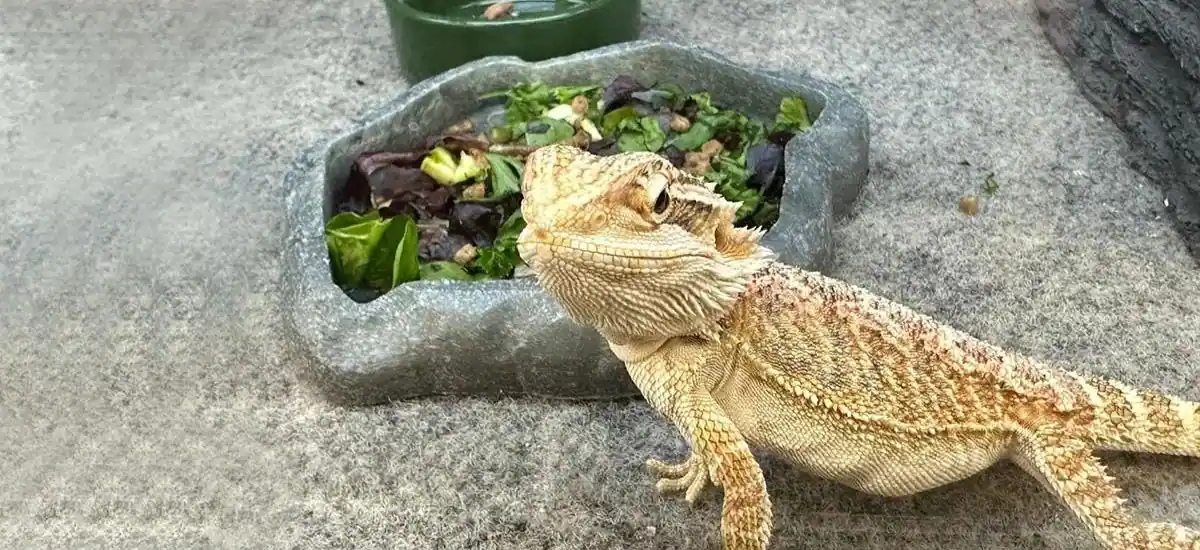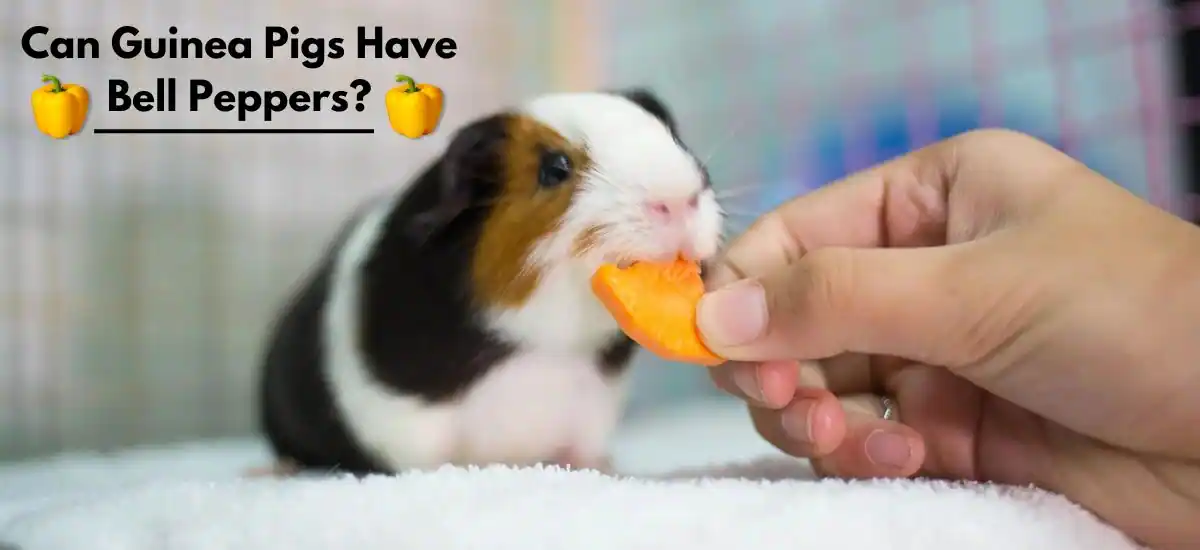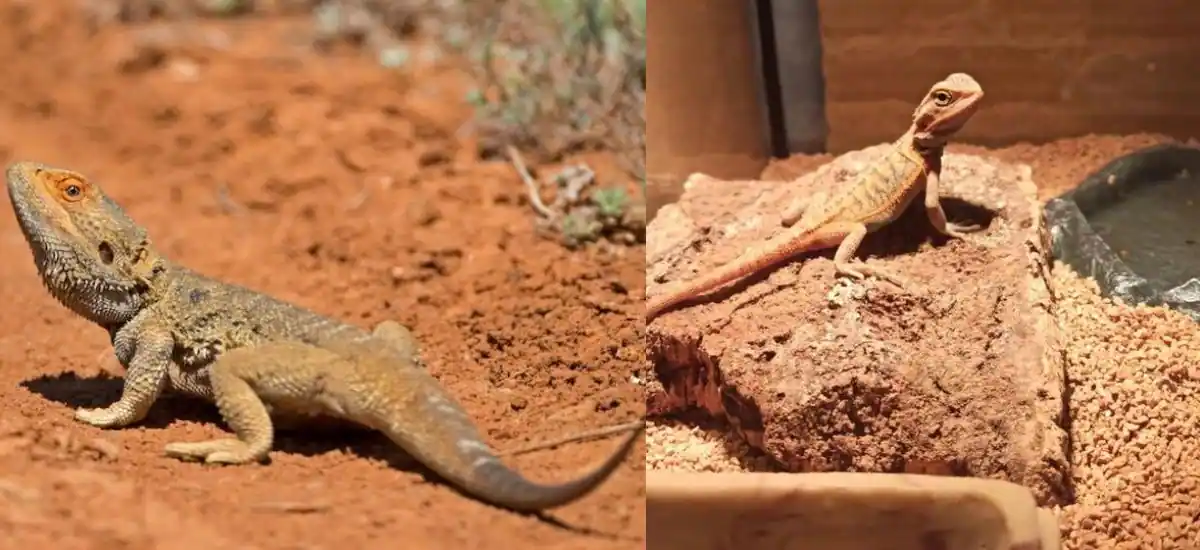Sharing our favorite snacks with our pets during cozy evenings might seem like a warm gesture, but when it comes to feeding cats, not all human foods are safe. Pepperoni, a beloved topping on pizzas and a popular choice in various dishes, is often reached for during these moments. But before letting your cat indulge in this spicy treat, it’s crucial to understand the potential health impacts it could have on them. Is it safe to share a slice of pepperoni with your feline friend? The answer is no, it’s not recommended due to high sodium, fat, and harmful additives like garlic and onion that can be toxic to cats. This article explores healthier alternatives and offers insights into why certain snacks like pepperoni should be avoided.
What is Pepperoni?
Pepperoni is an American adaptation of the spicy Italian salamis, made primarily from cured pork and beef mixed with a symphony of spices including paprika, garlic, black pepper, and more. It’s cherished for its bold, spicy flavor and its versatility in various dishes, particularly on pizzas.
Key Points About Pepperoni:
- Ingredients: Cured pork and beef, a variety of spices.
- Texture and Taste: Soft, slightly smoky with a piquant spice level.
- Common Uses: Topping for pizzas, stuffed in sandwiches, and as a standalone snack.
This highly seasoned meat delivers a punch of flavor but also contains elements that might not be suitable for cats. As tantalizing as it might be, the components of pepperoni raise questions about its safety for feline consumption.
Nutritional Analysis of Pepperoni
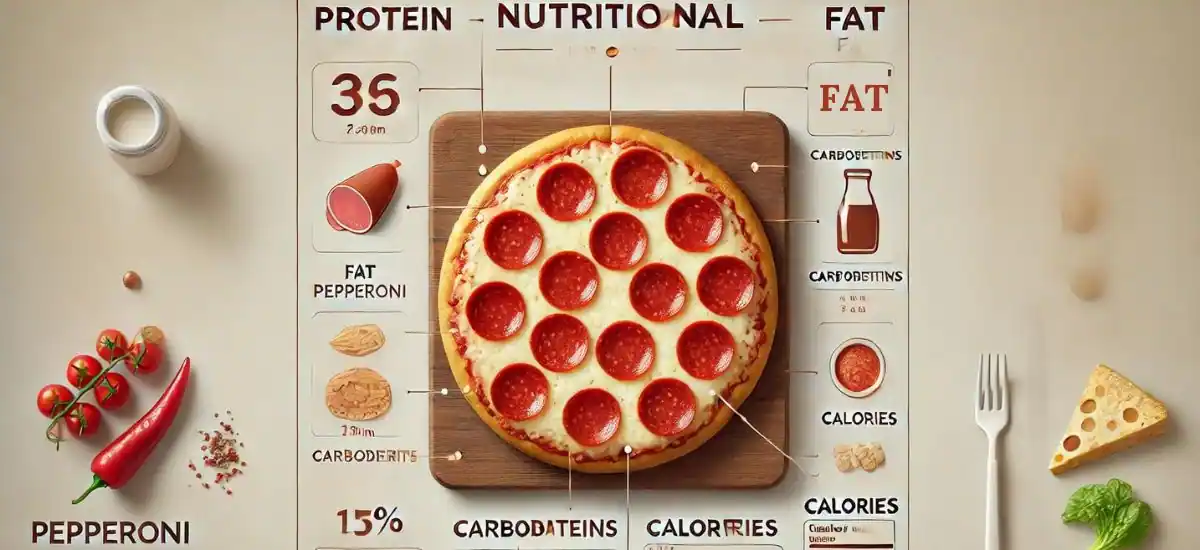
Pepperoni’s flavor comes with a high cost in terms of its nutritional content, which can be problematic for cats:
- High Sodium Content: One of the major concerns with pepperoni is its extremely high sodium levels. Excessive salt intake can lead to serious health issues in cats, including increased thirst and urination, and more severe complications such as sodium ion poisoning.
- Fat Levels: Pepperoni is also laden with fats, which can be detrimental to a cat’s health by contributing to obesity and the complications associated with it, such as diabetes and joint problems.
Detailed Nutritional Breakdown:
| Nutrient | Content in Pepperoni |
| Calories | High |
| Protein | Moderate to High |
| Fat | High |
| Sodium | Excessive |
| Spices & Additives | Includes garlic, onion, which are toxic to cats |
Given its composition, pepperoni introduces several health risks that cat owners should be aware of, suggesting a cautious approach when considering it as a treat for pets.
Risks of Feeding Pepperoni to Cats
While pepperoni may be delicious for humans, it poses significant health risks for cats. The unique dietary needs of felines mean that certain ingredients in pepperoni can be more harmful than beneficial:
- High Salt and Seasonings: The excessive salt and seasonings in pepperoni can lead to dehydration and increased thirst in cats. More severe risks include sodium ion poisoning, which manifests as symptoms like vomiting, diarrhea, elevated body temperature, and even seizures.
- Harmful Additives: Garlic and onion powders, commonly found in pepperoni, are toxic to cats and can cause gastrointestinal upset and potentially lead to anemia.
- Fat Content: The high fat content in pepperoni can cause gastrointestinal upset in cats, including diarrhea and vomiting. Over time, regular consumption of high-fat foods like pepperoni can contribute to obesity and related health issues like diabetes.
Transition Phrase: Considering these potential health hazards, cat owners should think twice before offering pepperoni, focusing instead on safer and more appropriate treats.
Safer Alternatives to Pepperoni for Cats
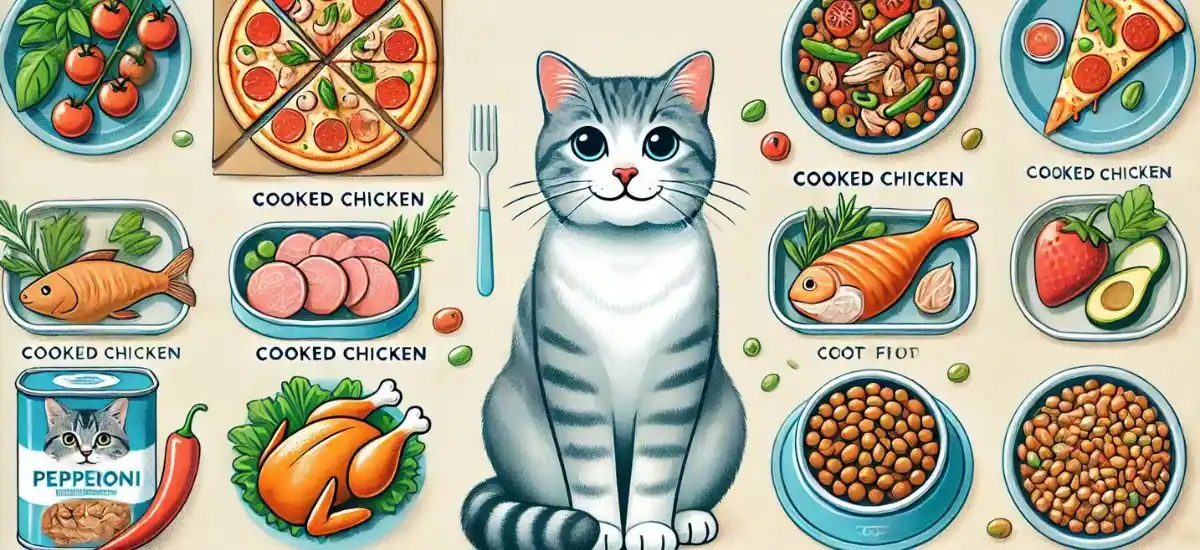
Understanding the risks associated with pepperoni, it’s advisable to seek healthier and safer snack alternatives for your cat. Here are some feline-friendly options:
- Cooked Lean Meats: Plain, cooked chicken or turkey without any added flavorings or spices can be a good protein source.
- Commercial Cat Treats: There are many commercially available cat treats that are formulated to be both tasty and nutritionally beneficial for cats.
- Small Amounts of Cooked Fish: Occasionally, small portions of cooked fish like salmon or tuna can be a treat, offering omega-3 fatty acids that are beneficial for a cat’s coat and skin health.
Bullet Points for Consideration:
- Always ensure treats are cooked and plain, with no harmful additives.
- Keep treats to less than 10% of your cat’s total daily caloric intake to maintain a balanced diet.
Table: Comparison of Snack Options
| Snack Type | Benefits | Considerations |
| Cooked Lean Meats | High in protein, no harmful additives | Ensure no spices or seasonings |
| Commercial Cat Treats | Formulated for cats, safe to consume | Choose reputable brands, check ingredients |
| Cooked Fish | High in omega-3 fatty acids | Serve in moderation, ensure no bones |
How to Respond if Your Cat Eats Pepperoni
Accidents happen, and it’s possible your cat might sneak a piece of pepperoni. Here’s what to do if that occurs:
- Monitor for Symptoms: Watch for any signs of distress such as lethargy, vomiting, or diarrhea. These symptoms could indicate a reaction to the pepperoni’s high salt content or toxic additives.
- Provide Fresh Water: Ensure your cat has access to plenty of fresh water to help mitigate the effects of high sodium intake.
- Consult Your Veterinarian: If your cat shows any adverse reactions after consuming pepperoni, contact your veterinarian immediately for advice on the next steps.
Transition Phrase: Being prepared can help you respond quickly and effectively, minimizing the risk of serious health issues from unintended consumption of unsuitable snacks like pepperoni.
Frequently Asked Questions
Q1. Can cats eat human snacks safely?
Ans: Cats can occasionally eat human snacks, but it’s vital to ensure they are safe and free of any ingredients toxic to cats, such as onions, garlic, and excessive salt.
Q2. Why is spicy food bad for cats?
Ans: Spicy foods can cause gastrointestinal upset in cats, including pain, vomiting, and diarrhea, as cats do not have the same tolerance for spices that many humans do.
Q3. What should I do if my cat continually seeks human food?
Ans: If your cat shows a persistent interest in human foods, try redirecting their attention with cat-specific treats or play. Consistently reinforcing boundaries can help curb their scavenging behavior.
Conclusion
When it comes to sharing your snacks with your cat, it’s better to err on the side of caution. Pepperoni, while a tasty treat for humans, contains elements that can be harmful to cats, from high sodium and fat content to spices and additives like onion and garlic. Instead of sharing your pepperoni, consider healthier alternatives specifically designed for feline health and well-being.
As cat owners, our primary responsibility is to ensure the safety and health of our pets. By choosing appropriate treats and being vigilant about what our cats consume, we can help prevent health issues and ensure our furry friends enjoy a long, happy life. Always consult with your veterinarian before introducing new foods into your cat’s diet to make sure they align with their specific health needs.
Related Post:
- Why Do Cats Stick Their Tongue Out
- Why Do Cats Cover Their Face When They Sleep
- Tips For Easily Training Your Dog To Sit


